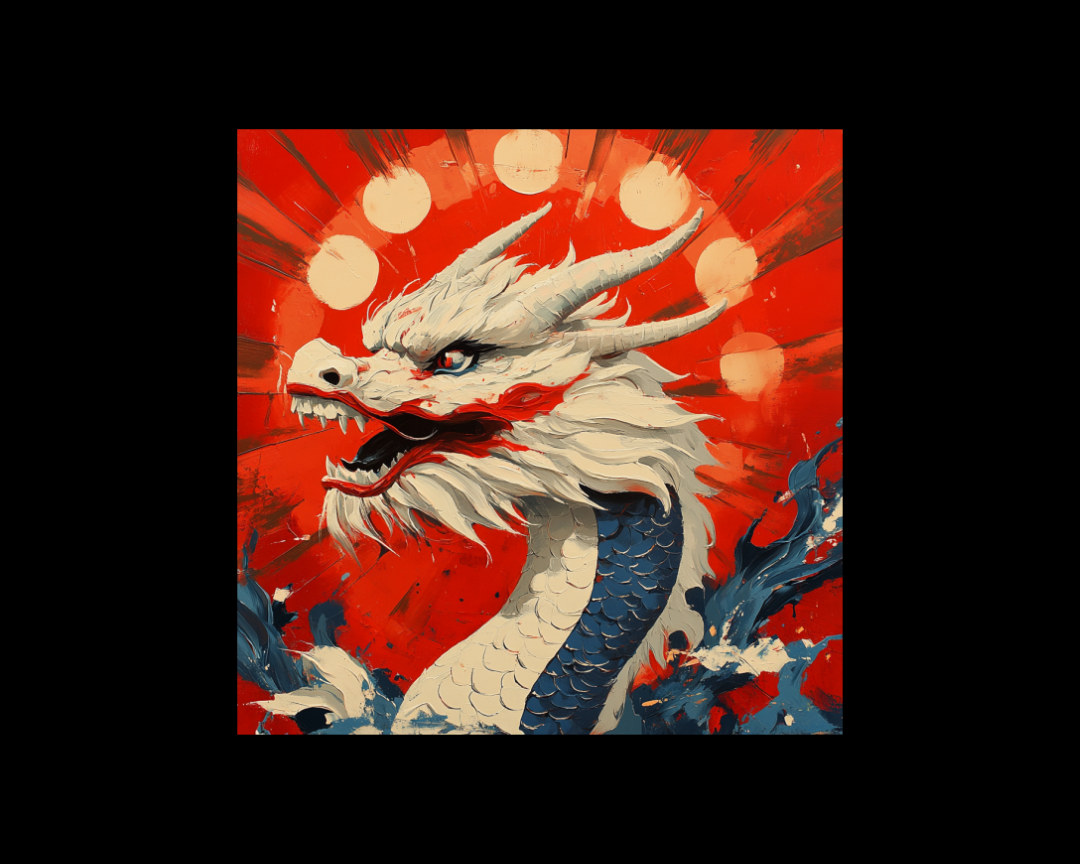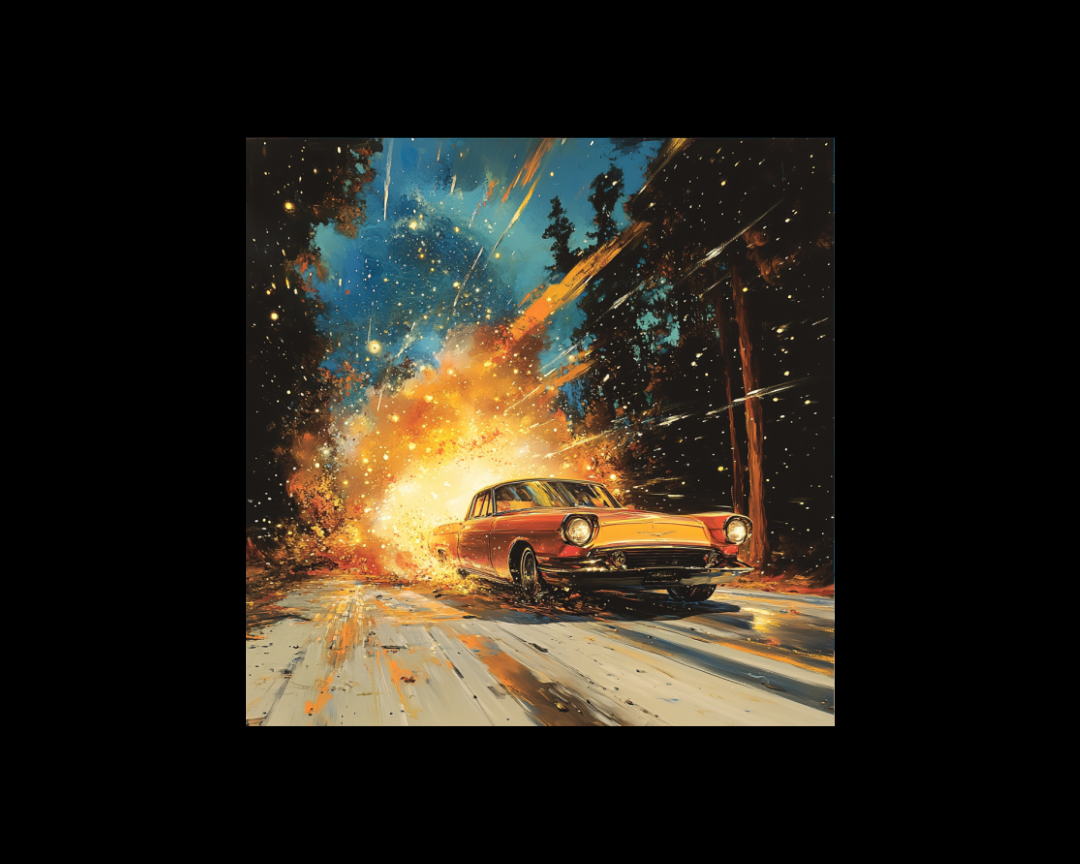Romantasy—a blend of romance and fantasy—has taken the literary world by storm, rising from niche genre to mainstream success. This hybrid genre offers readers the best of both worlds: epic fantastical realms intertwined with heart-pounding romance. As romantasy continues to grow in popularity, let’s dive into the evolution of the genre, plot archetypes, character types, and notable examples that have shaped the genre into what it is today.
The Evolution of Romantasy
The rise of romantasy has been gradual but powerful. Historically, fantasy and romance were often seen as separate genres. However, as modern readers sought more diverse and dynamic storytelling, these genres began to blend more seamlessly.
-
Early Influences:
- Classics like “The Lord of the Rings” (J.R.R. Tolkien) offered hints of romance, but the focus remained primarily on epic quests. Similarly, C.S. Lewis’ “The Chronicles of Narnia” dabbled in fantastical elements and personal connections, but true romance was minimal.
- However, “The Princess Bride” (William Goldman, 1973) broke the mold. Combining romance, adventure, and fantasy, it laid the groundwork for what romantasy could become, proving that love and fantasy could coexist at the center of a story.
-
The Young Adult (YA) Boom:
- The late 2000s and early 2010s saw a boom in young adult fantasy novels, many of which integrated romantic subplots into the broader magical and supernatural worlds. Books like “Twilight” (Stephenie Meyer) and “The Hunger Games” (Suzanne Collins) helped push romantasy further into the mainstream, blending dystopian and fantastical settings with strong romantic themes.
- Meanwhile, Cassandra Clare’s “The Mortal Instruments” series married urban fantasy with romance, creating tension-filled love stories amid magical battles, thus appealing to a generation hungry for both magic and love.
-
New Adult and the Surge of Romantasy:
- In the mid-2010s, romantasy evolved further with the rise of the new adult (NA) category. Sarah J. Maas’ “A Court of Thorns and Roses” series (2015) played a key role in this transformation, combining steamy romance, intricate magical worlds, and high-stakes drama, offering readers a more mature take on romantasy. This series has often been credited with pushing romantasy into mainstream popularity.
-
Modern Era:
- Today, romantasy is not only thriving in literature but also making waves in other media, including film and television. Shows like “Shadow and Bone” (based on Leigh Bardugo’s Grishaverse) highlight the irresistible mix of romance and fantasy, with complex love stories playing out against the backdrop of magical struggles.
- Contemporary romantasy often features more diverse characters, themes, and narratives, appealing to a broader audience.
Popular Romantasy Plot Archetypes
Romantasy stories typically combine classic fantasy tropes with romance-driven plotlines, resulting in emotionally intense, action-packed narratives. Here are a few common archetypes:
-
Enemies to Lovers: One of the most beloved tropes in romantasy, this archetype features protagonists who initially despise one another, often due to conflicting allegiances, but eventually fall in love.
- Example: “Serpent & Dove” (Shelby Mahurin) pits a witch and a witch hunter against each other, creating intense romantic tension as they are forced into a marriage of convenience.
- Example: In Sarah J. Maas’ “A Court of Mist and Fury”, Feyre and Rhysand’s relationship moves from mutual distrust to undeniable attraction, playing on the enemies-to-lovers dynamic.
-
Forbidden Love: Forbidden romances, where two characters’ love is deemed inappropriate or dangerous due to societal rules, cultural differences, or magical constraints, are common in romantasy.
- Example: “The Bone Season” (Samantha Shannon) features a romance between Paige, a clairvoyant human, and Warden, an otherworldly Rephaite, whose bond is forbidden by their respective worlds.
- Example: In “Red Queen” (Victoria Aveyard), Mare falls for a prince of the elite Silver-blooded race, but their love threatens the very structure of the dystopian world they live in.
-
The Chosen One: The "chosen one" trope involves a protagonist who discovers they have a unique power or destiny, often intertwining with a romance subplot that helps or hinders their journey.
- Example: “Shadow and Bone” (Leigh Bardugo) follows Alina Starkov, a young woman who discovers a unique magical ability, while navigating complex relationships with both her childhood friend Mal and the enigmatic Darkling.
- Example: “Throne of Glass” (Sarah J. Maas) features Celaena Sardothien, an assassin who is chosen for a dangerous quest, all while managing intense romantic entanglements.
-
Star-Crossed Lovers: Romantasy often mirrors the tragic love story of Romeo and Juliet, where lovers are separated by fate or external forces.
- Example: “Daughter of Smoke and Bone” (Laini Taylor) involves the star-crossed love between Karou, a human raised by otherworldly creatures, and Akiva, a soldier of a warring race.
- Example: “The Night Circus” (Erin Morgenstern) weaves a romance between two magical competitors, who are bound to fight each other by forces beyond their control, threatening their love and lives.
Character Types in Romantasy
The characters in romantasy often embody larger-than-life roles with complex motivations, intertwining both fantasy elements and romantic arcs. Here are some classic character types found in romantasy stories:
-
The Hero(ine): The central figure, often with untapped power or hidden heritage, who embarks on a journey of self-discovery and ends up entangled in a romance.
- Example: Feyre Archeron in “A Court of Thorns and Roses” is initially a mortal huntress who evolves into a key player in the fate of the magical lands, with her romantic journey playing a pivotal role in her growth.
-
The Dark Brooding Love Interest: Often an enigmatic, morally gray character who hides pain or a dark past. They are frequently an antagonist or a figure of power who softens due to the influence of the heroine.
- Example: Rhysand from “A Court of Thorns and Roses” is the quintessential brooding, powerful character whose emotional depth is revealed as his relationship with Feyre deepens.
- Example: The Darkling from “Shadow and Bone” is both antagonist and love interest, whose dark, seductive charm plays into the tension between good and evil.
-
The Loyal Friend/Sidekick: This character offers grounding support, often providing a foil to the romantic or fantastical drama unfolding around the protagonist.
- Example: Lucien Vanserra in “A Court of Thorns and Roses” serves as a loyal friend to both Feyre and Tamlin, often acting as a voice of reason in chaotic times.
-
The Mysterious Mentor: Often a wise, older figure with knowledge of the magical or fantastical world, this character provides guidance, sometimes manipulating events from behind the scenes.
- Example: Brimstone from “Daughter of Smoke and Bone” serves as a mentor and father figure to Karou, with a mysterious role in the overarching conflict of the story.
Must-Read Romantasy Books
If you're looking to dive deeper into the genre, here are some essential romantasy books that beautifully blend magic, romance, and high stakes:
- “A Court of Thorns and Roses” by Sarah J. Maas: Feyre’s journey through the faerie courts, filled with romance, danger, and transformation.
- “The Cruel Prince” by Holly Black: A mortal girl caught in the dangerous politics of the faerie world while navigating a complex relationship with Prince Cardan.
- “Serpent & Dove” by Shelby Mahurin: A tale of witchcraft, romance, and rivalry between a witch and a witch-hunter forced into marriage.
- “Daughter of Smoke and Bone” by Laini Taylor: A breathtaking romantic fantasy involving angels, demons, and a star-crossed love.
- “The Priory of the Orange Tree” by Samantha Shannon: A sweeping epic that blends fantasy, romance, and strong female characters across a diverse and magical world.
Romantasy continues to evolve, capturing readers with its mix of epic fantasy settings and heart-wrenching love stories. By blending imaginative worlds, complex characters, and romance, the genre has become a powerful force in mainstream fiction. Whether you’re drawn to tales of star-crossed lovers, enemies turned allies, or chosen ones grappling with destiny, romantasy offers a rich and varied landscape of storytelling that promises magic, adventure, and romance in equal measure.
 Writing Team
:
Oct 21, 2024 8:25:04 PM
Writing Team
:
Oct 21, 2024 8:25:04 PM

.png)
.png)
